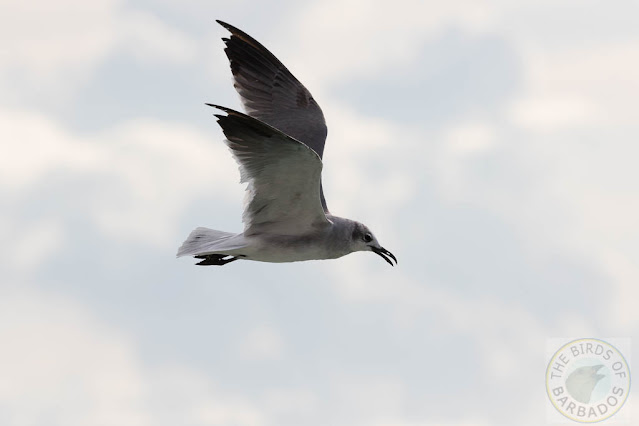
BirdsCaribbean is pleased to present our Caribbean Birding Trail 2024 cohort!
(Photo by WIRRED)
Although Barbados may not be known primarily as an ecotourism or bird watching hotspot, its wetlands and coastlines are critically important in supporting tens of thousands of migratory shorebirds each year—making them a goldmine for bird lovers! Barbados is also home to the Barbados Bullfinch, a unique and delightful species found nowhere else on earth. Positioned further east in the Atlantic than the rest of the Lesser Antilles, Barbados often welcomes unexpected feathered visitors, adding to its special charm! By cultivating a vibrant birding culture and tourism market, Barbados has the opportunity to raise awareness of the value wetlands and other habitats for birds, fostering sustainable livelihoods in local communities, and build momentum for long-term conservation efforts.
From October 21-25, participants dove into an immersive workshop designed to equip them with the essential skills for delivering exceptional birding experiences. The comprehensive curriculum covered bird identification, behaviour, ecology, habitat conservation, and environmental interpretation—the art of telling stories to connect visitors with the natural and cultural heritage of Barbados. Led by expert instructors from BirdsCaribbean, the training blended in-depth knowledge and hands-on field experiences, including visits to key birding sites around the island to hone bird identification and guiding techniques. Curious about the highlights? Keep reading as Georgie Thornton, Project Officer at WIRRED, and her colleagues share their insights! Continue Reading



















.jpg)


















